Good Morning guy,, this is Irfan.Today i have come here with an important topic like processionary caterpillars.
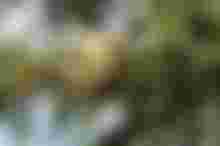
The pine processionary caterpillar is found on various species of conifers. The adult butterfly lays its eggs in late summer, forming a sleeve on the pine needles. The five larval stages follow one another and feed on the pine. From October, the winter nest, a large silk cocoon located at the end of the tallest branches, sets in. It is most often during the months of February-March that one can observe the pupation processions: the caterpillars leave the tree, moving in single file before burying themselves in the ground. But this stage depends on local and climatic conditions, and can begin in January, even in December when the winter is very mild, and continue until May-June.
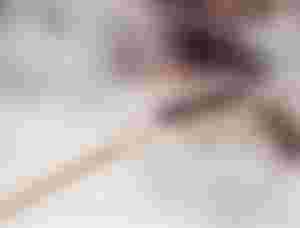
During aggression, the caterpillar releases its stinging hairs which have a defense role. Simple contact with the contents of the stinging hairs is sufficient, but the hair also acts as a "syringe", allowing the venom to be inoculated. The rapid and intense scratching reaction promotes the penetration of stinging hairs into the skin, tongue or cornea. This also probably explains why the ingestion itself is rare: the caterpillar is rarely swallowed, it is spit out because the pain is immediate.
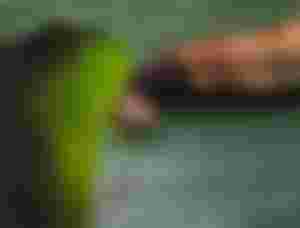
In case of skin contact, diluted bleach can be applied to the skin. In the event of eye contact, prolonged eye rinsing with water should be carried out. Finally, in the event of contact in the mouth, one can very gently apply warm wet compresses on the tongue to try to detach the hairs of the caterpillar. But beware ! You have to protect your eyes and hands yourself so you don't get touched, and the animal can bite, although it is usually very gentle, because it hurts. In all cases, it is recommended to consult a veterinarian.
No more today.
Please, hit the like button & cmnt,if u feel good about my articl.
Thank you.
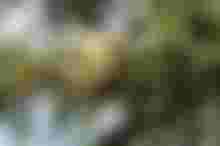

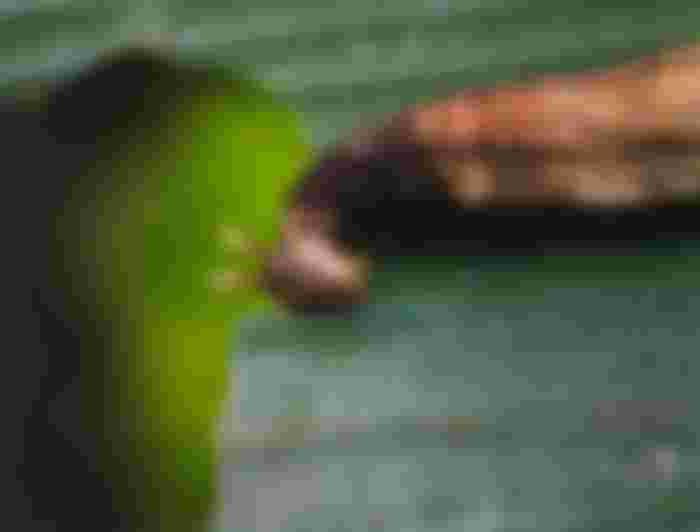
Like Comment and subcribe me .I also back you.......https://read.cash/@abdurrahman